Sept. 19. An autumnal tinted Celebration of Life - To Great Meadows
- Nature Seeker
- Sep 19, 2021
- 4 min read
Updated: Jan 13, 2024
Sept. 19, 1852. P.M. To Great Meadows. ....
Observe the effects of frost in particular places. Some blackberry vines are very red. I see ... the prenanthes [rattlesnake root] ... and the cardinal-flower ... and I think it is the Ranunculus repens [creeping buttercup], between Ripley Hill and river, with spotted leaves lingering still. .... The small-flowering Bidens cernua ( ?) [nodding bur-marigold] and the fall dandelion and the fragrant [sweet] everlasting abound. .... What pretty six-fingered leaves the three oxalis [wood sorrel] leafets make! I see the effects of frost on the Salix Purshiana [Salix nigra, black willow], imbrowning their masses; and in the distance is a maple or two by the water, beginning to blush.
That small, slender-leaved, rose-tinted (white petals, red calyx) polygonum [knotweed] by the river is perhaps in its prime now; slender spikes and slender lanceolate sessile leaves, with rent hairy and ciliate sheaths, eight stamens, and three styles united in middle. .... And what is that white flower which I should call Cicuta maculata [spotted cowbane], except that the veins do not terminate in the sinuses?

Sept. 19, 2021.
At 7:40 a.m it’s a cool 60 degrees when I arrive at Great Meadows. I hear robins, nuthatches and geese honking in the distance. I follow the Dyke Trail toward the river, scanning its edges for wildflowers as I go. Throughout, the pathways are lined with dazzling, tiny-headed white heath asters, each with up to 18 petals, the predominant flower of the day. Two others are right off Thoreau’s list - tall stalks of yellow evening primrose, and a glorious, large stand of Bidens cernua (nodding bur-marigold), which I have been searching for for many days. Among other displays today, beyond Thoreau’s findings, are the soft-white meadow sweet and Queen Anne's lace/wild carrot, both stand-ins for the similarly lacey-white flowers of the highly poisonous spotted cowbane that Thoreau apparently finds.
Halfway down the causeway toward the river, I experience a noticeable moment when the sun’s rays tip over the canopy of trees from the east, flooding the impoundments with warm, dazzling light. I have just reached the nodding bur-marigolds by a bench on the upper impoundment, and take in the view back to the east, seeing a gorgeous line of red maples spanning the entire eastern edge of the water, a line of green unchanged leaves above. A mackerel sky overhead further magnifies the majesty of the scene. Many white lily pads on the water wave gently in the wind, while the majority, lying flat, aided by the air bubbles caught upon their tops, reflect the sun. Up ahead, a prominant red maple stands in the strong sunlight by the entrance to the observatory deck over the lower impoundment. (This tree, as it turns out is a hybrid red and silver maple – a Freeman’s maple – according to my app.)
The pink-flowered low smartweed, within the polygonum (knotweed) family, shows today a handsome crimson browning of its leaves, illuminated against the blue canvas of the water impoundment behind. (Also, a white-flowered dotted knotweed is nearby, but smaller and buried among other plants). The pink smartweed is my approximate for Thoreau’s rose-tinted polygonum by the river.
Around the bend to the west, I see tall stalks of hairy white oldfield aster, white turtleheads, and orange jewelweed. Further still, the yellow blooms of a two-flower dwarf-dandelion, and a hawkweed – my approximate for the fall dandelion that Thoreau found on this calendar day. Half way along the perimeter trail to Borden Pond, I first smell and then see a 40-foot high natural trellis of wild grape vines with ripe fragrant, black fruit all over it. I taste the sweetness of one grape, noticing its large seed – reminiscent of the Concord grape taste of my dad's favorite jelly.
The marooning red of the dogwood leaves cover a large portion of the riverside brush with interspersed dazzling displays of poison ivy vines from the ground up many trunks – crimson reds, and oranges with the mottled greens. A spiky wild-cucumber hangs nearby. A green frog passes my path and allows me to get very close for a portrait. Along the trail separating Borden Pond from the first/upper impoundment I find a new aster to me, the panicled aster, with nearby New York asters set against dried Joe Pye weeds, as if arranged bouquets for sale at the florist.
As my mind wanders on my retreat to the trailhead, I am struck with the thought that our trees, with changing leaves going out in dramatic colorful displays, are undertaking a joyful end-of-season ceremony, self-pronounced and celebrated with their neighboring trees, vines, plants, and wildflowers. The flood of color is akin to what people are more recently calling a “Celebration of life” ceremony for our departed loved ones rather than a wake or funeral. Now has begun the climactic festival of seasonal life, before dormancy for the winter, and we have before us a communal proclamation of joy by the trees, begging the observer to play an appropriate, respectful part as audience. These are not bleak, sad funerals, requiring dark and uncomfortable clothes, but occasions of celebration of the eternal seasons, of which change is the ultimate constant.
(To round out the photos of wildflowers on Thoreau's list, I add below those I found on other dates: Sept. 10, three-leaved rattlenake root; Sept. 14, cardinal flower; May 17 and 21, creeping buttercup; Sept. 18, sweet everlasting; and June 4, European wood sorrel.)





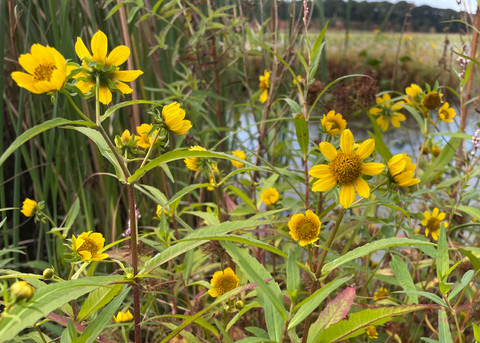



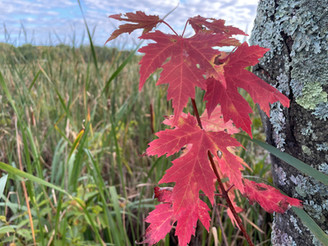
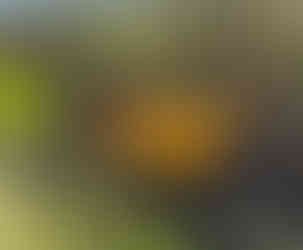








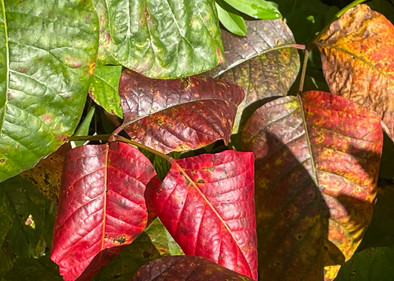
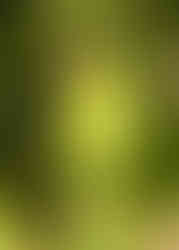






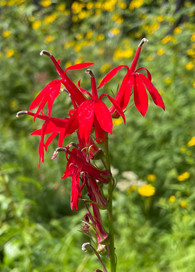
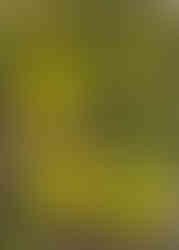




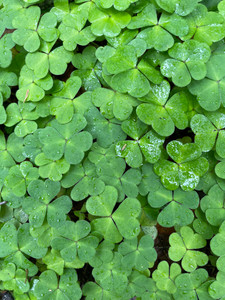
Comments